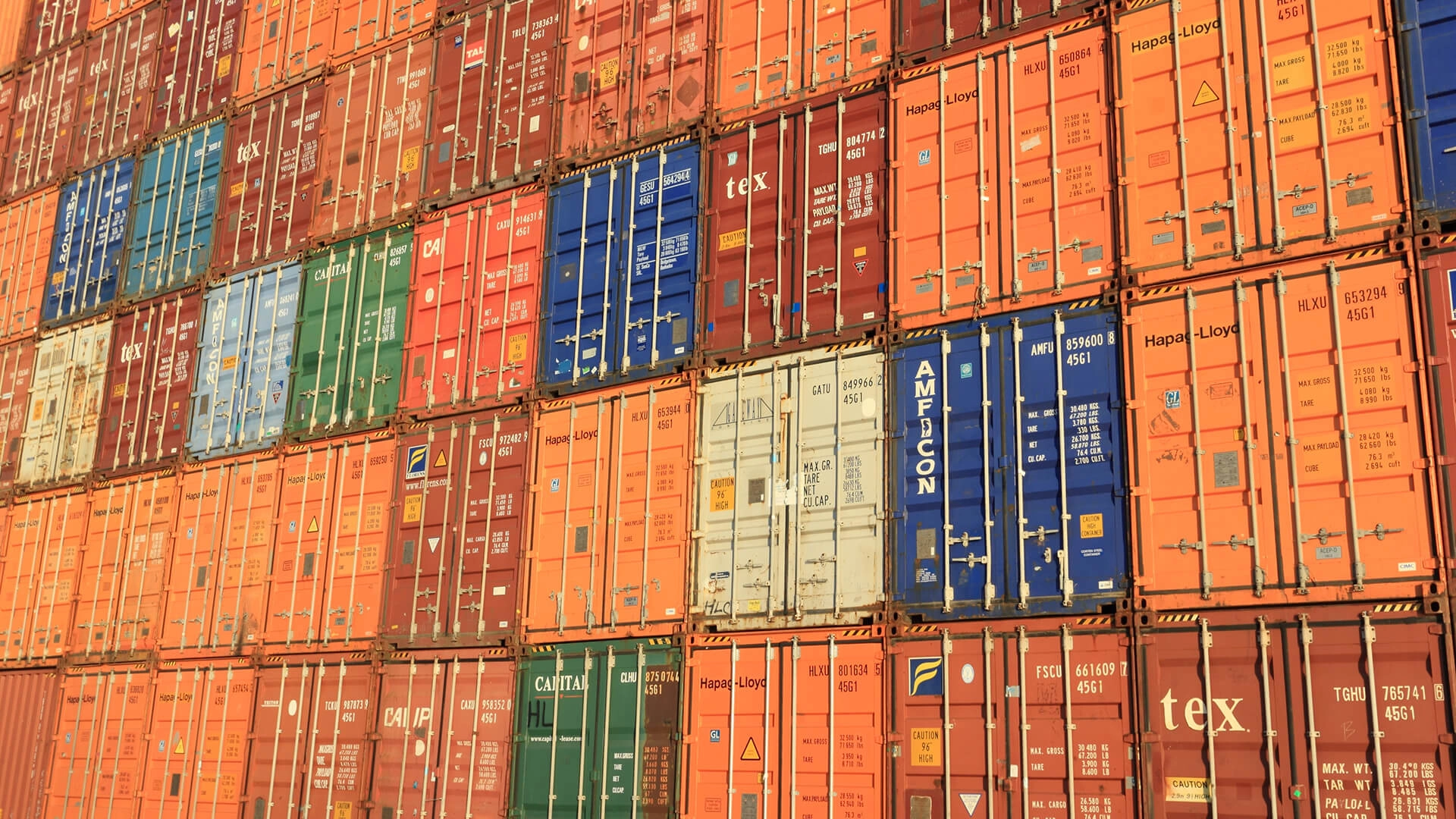The global economy is undergoing a dizzying process of reorganization, in a global context where countries are positioning themselves on a path back to post-pandemic normalcy.
In this sense, exports are emerging as a great ally in boosting the global economy. In 2020 alone, according to the World Bank, the global economic downturn due to the cessation of imports and trade was projected at 5.2%. This was the worst recession since World War II, a consequence of the pandemic and countries’ trade restrictions.
In this regard, exports and the trade ties they generate can be the tool to revive countries’ economies.
China and South Korea had the advantage of being able to reactivate their exports and economies early, having managed to suppress COVID-19 at the beginning of the outbreak.
Already at the beginning of 2021, China’s economy was projected to grow by 8% thanks to exports, more than double the growth rate of the most successful Western countries, even before the pandemic.
In Argentina, for its part, exports are seen as a possibility to balance the fiscal balance and also to open new markets. This would generate trade with developing countries, where competition is still low and food imports are extremely important.
Thus, exports are positioned as the most concrete response when it comes to reorienting countries’ economic policies post-pandemic.
The question remains as to which countries will prioritize the reactivation of exports and the recovery of their economies after this global pandemic has passed.
